Two Portland District Regulatory Branch employees have been honored for their role in the protection of rare habitat and endangered species in southern Oregon.
Oregon Department of Transportation Permit Coordinator Jaimee Davis and Jurisdictional Specialist Mike Turaski were part of an interagency team that received a 2009 Environmental Excellence Award from the Federal Highway Administration for the creation of the Vernal Pool Mitigation and Conservation Bank in the Agate Desert north of Medford, Ore.
Davis, Turaski and Regulatory Branch Chief Erik Petersen formally accepted their award from FHWA Oregon Division Administrator Phil Ditzler and Environmental Program Manager Michelle Eraut in a November 17 ceremony in Portland, Ore.
Vernal pools are unique environments that fill with water during the rainy fall and winter seasons and dry out the rest of the year.
The Agate Desert pools are critical habitat for large-flowered woolly meadowfoam and Cook's lomatium, two endangered plant species, as well as the threatened vernal pool fairy shrimp, an inch-long translucent crustacean related to lobsters and saltwater shrimp.
"These vernal pools are a high conservation priority," Turaski said. "That wetland is a rare, unique landscape feature of that part of Oregon, and diminishing rapidly."
Conservation banks are permanently protected lands managed for endangered, threatened and other at-risk species. This 80-acre site is the first conservation bank in Oregon. Mitigation banks are similar, but focus on sustaining wetlands rather than endangered species. There are 24 mitigation banks in service or under construction in Oregon.
The Oregon Department of Transportation proposed and sponsored the development of the Vernal Pool Mitigation and Conservation Bank. In exchange for protecting and managing the site, ODOT receives credits that compensate (or "mitigate" in regulatory terminology) for the impacts of its highway construction projects in the region on endangered species and wetlands.
Projects that will be expedited by credits from the bank include building a new rest area at Siskiyou Pass, rebuilding an Interstate 5 interchange in Phoenix, Ore., and improving sections of Oregon State Highway 62.
Turaski said that one of his and Davis' roles was to make sure the bank adequately rewarded ODOT but was appropriate to the Corps' own conservation goals.
"This project is a win-win in that respect," Davis said. "The bank makes it easier for ODOT to advance projects, but allows us to protect this rare habitat."
The Corps also co-chaired the interagency team that developed the bank.
"There was some really good expertise at the table," said Turaski. "Our job was to optimize everyone's involvement ... to manage the process, advance the agenda and make sure we all reached our collective goal."
"FHWA was impressed that so many agencies were able to work together to achieve this goal of implementing the first conservation/mitigation bank in Oregon," Davis said.
The conservation bank will offer extra bang for the buck due to its location directly adjacent to The Nature Conservancy's Whetstone Savanna Preserve. The two parcels together will provide 160 contiguous acres of high-functioning vernal pool habitat. TNC will collectively manage both properties.
Consolidating the mitigation for many projects in larger banks encourages greater diversity of habitat and wetland functions and creates more sustainable ecological systems than trying to implement smaller-scale mitigation measures for each individual project.
In addition to Turaski and Davis, representatives from ODOT, TNC, the Oregon Department of State Lands and the U.S. Fish and Wildlife Service were recognized for their contributions to the project.
"Regulatory Branch is different from other parts of the district, but our way of doing business is similar," said Turaski. "We engage with other agencies, work with non-traditional partners like the Nature Conservancy, and try to be proactive and support initiatives like this one that advance our long-term goals."

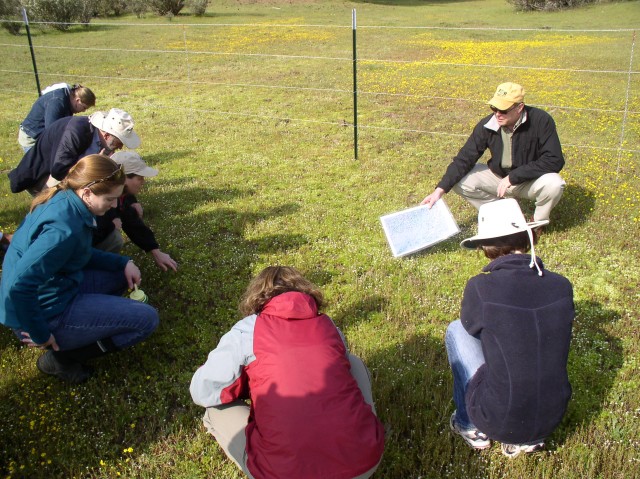
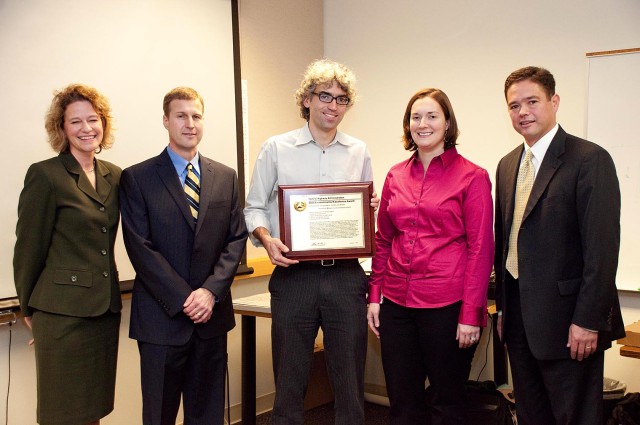
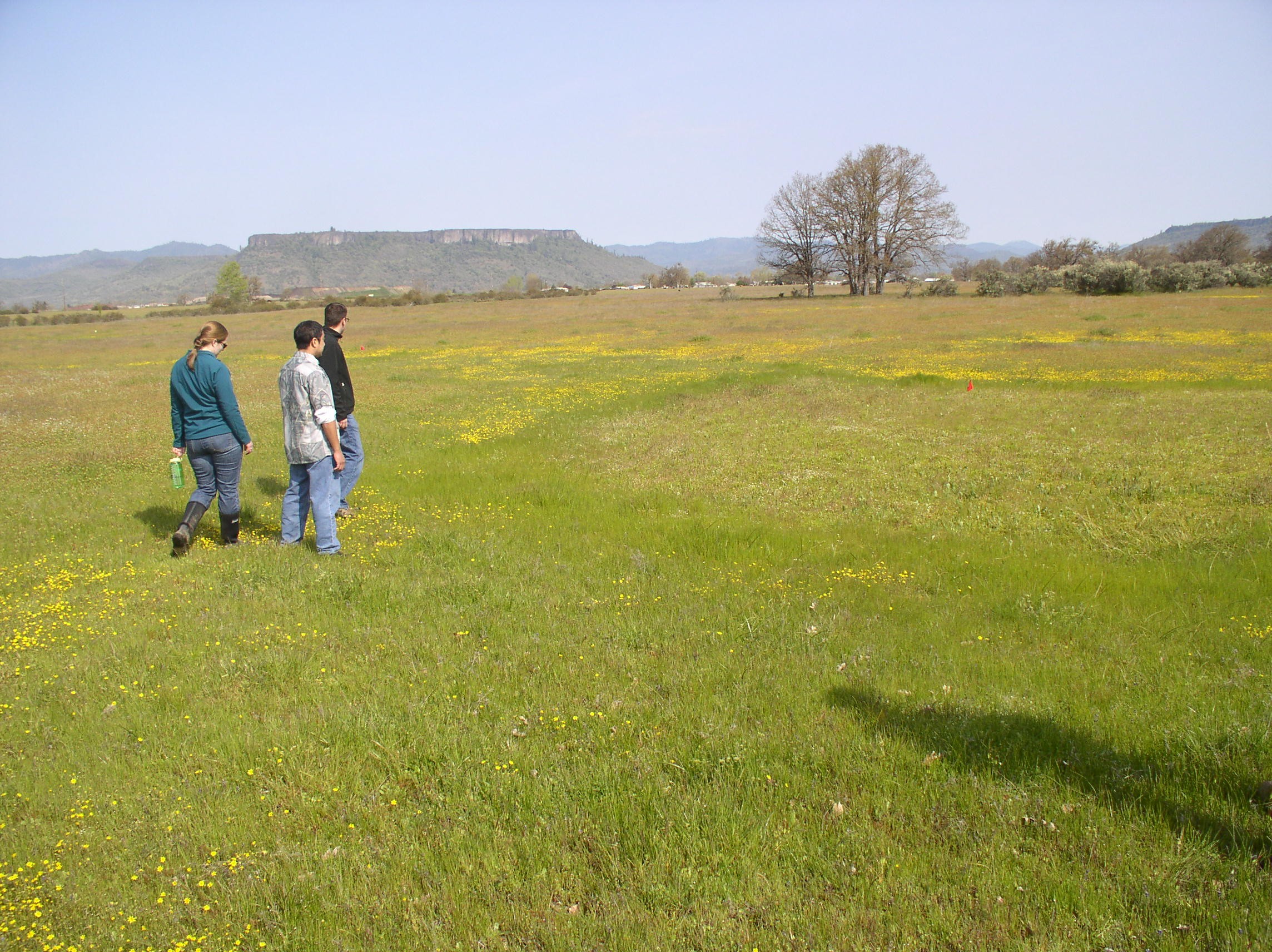
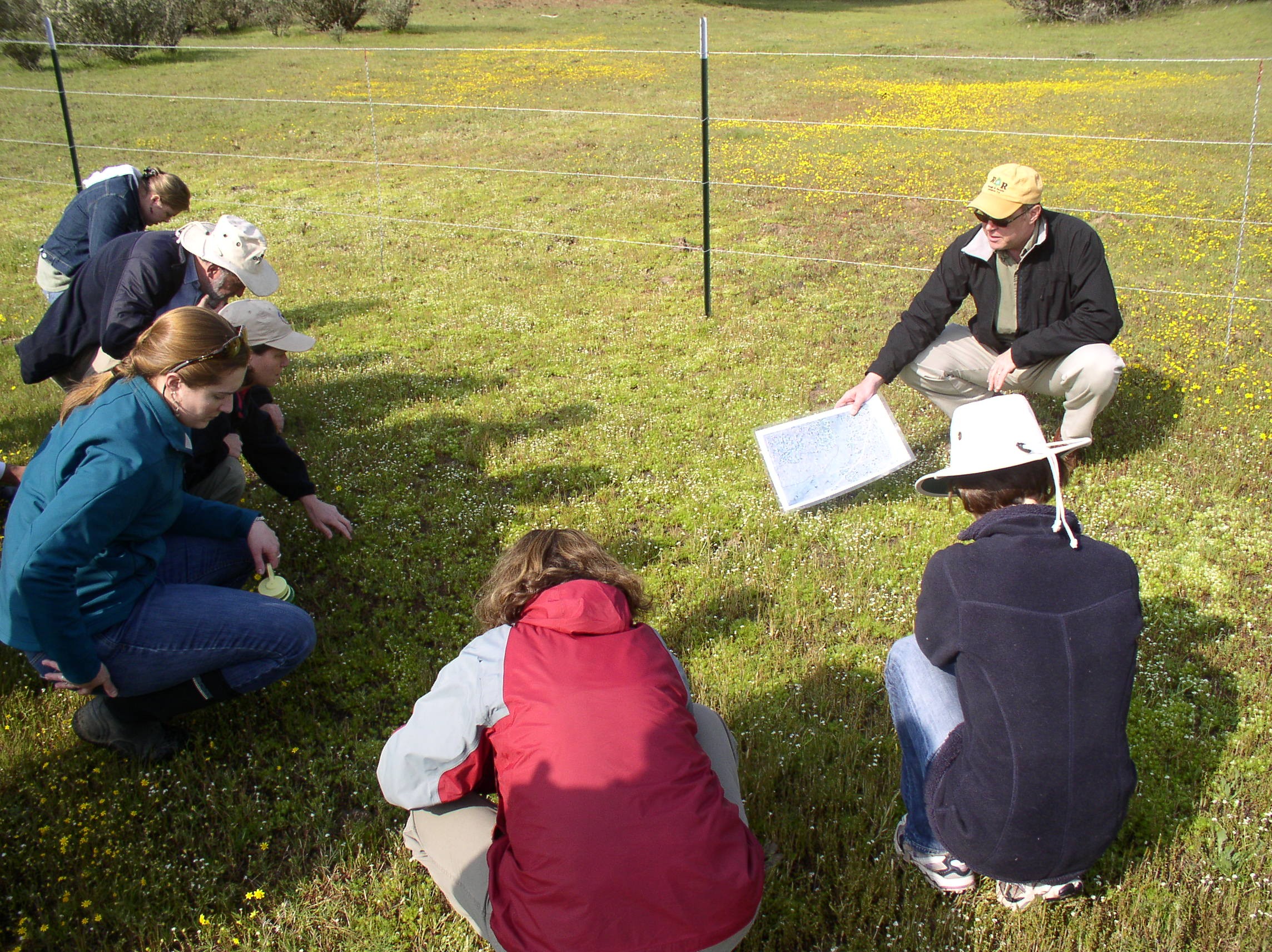
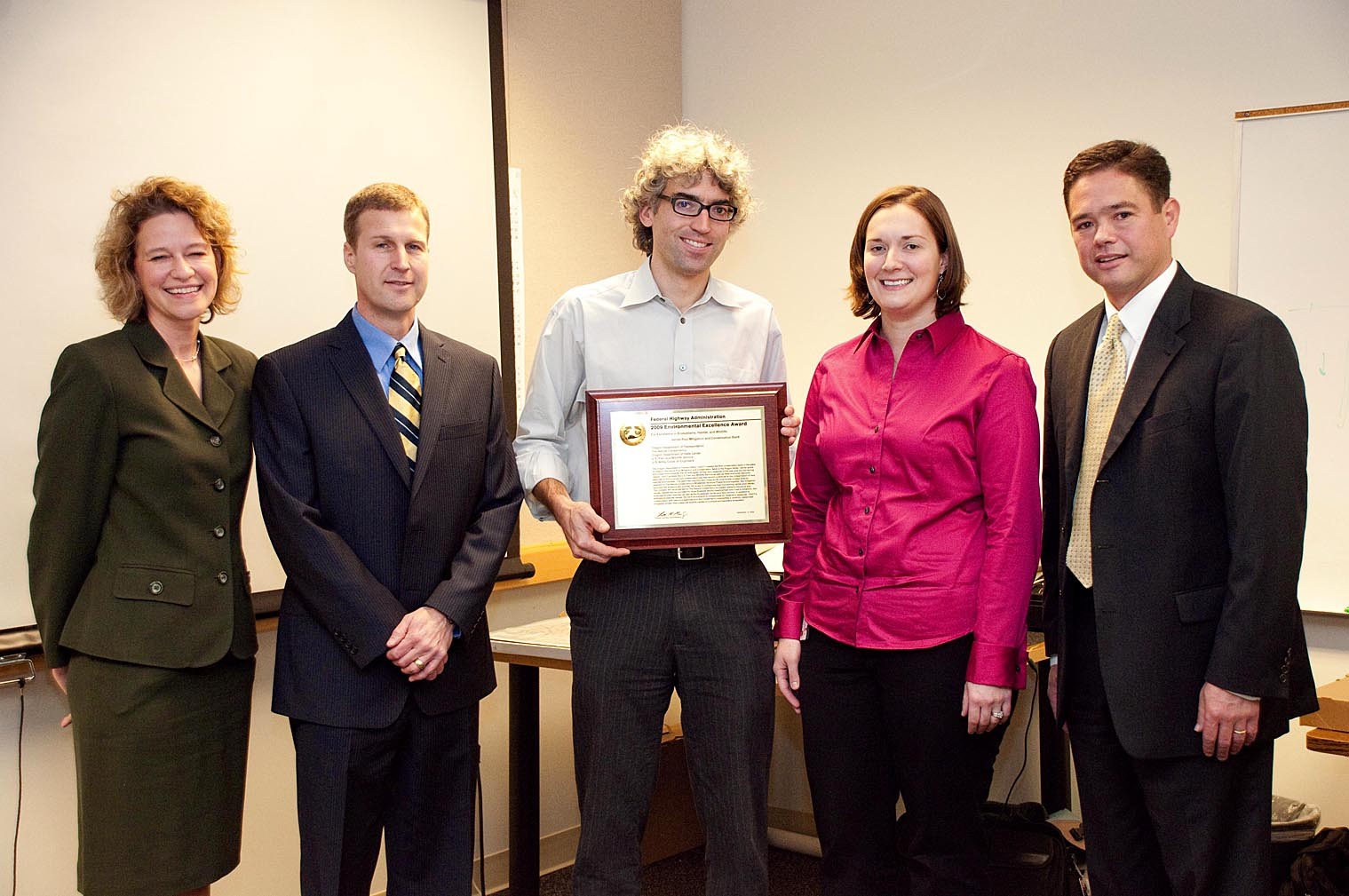
Social Sharing